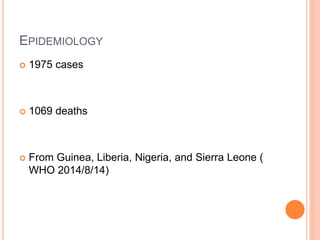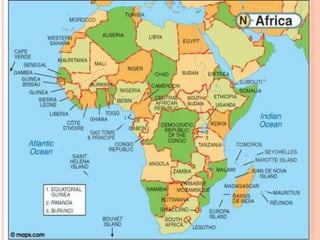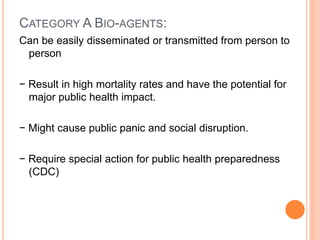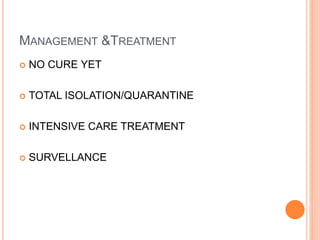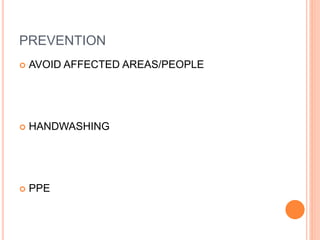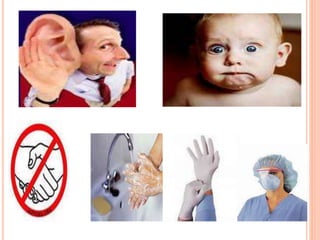Ebola virus disease is a severe and often fatal disease caused by the Ebola virus. It first appeared in 1976 in simultaneous outbreaks in the Democratic Republic of Congo and Sudan. Ebola is categorized as a Category A bioterrorism agent due to its high potential to be used as a biological weapon because it can easily spread between humans and causes severe illness with high mortality rates. Signs and symptoms include fever, muscle pain, vomiting and bleeding. There is currently no cure, so treatment focuses on isolation, intensive care, and surveillance to prevent further spread.



